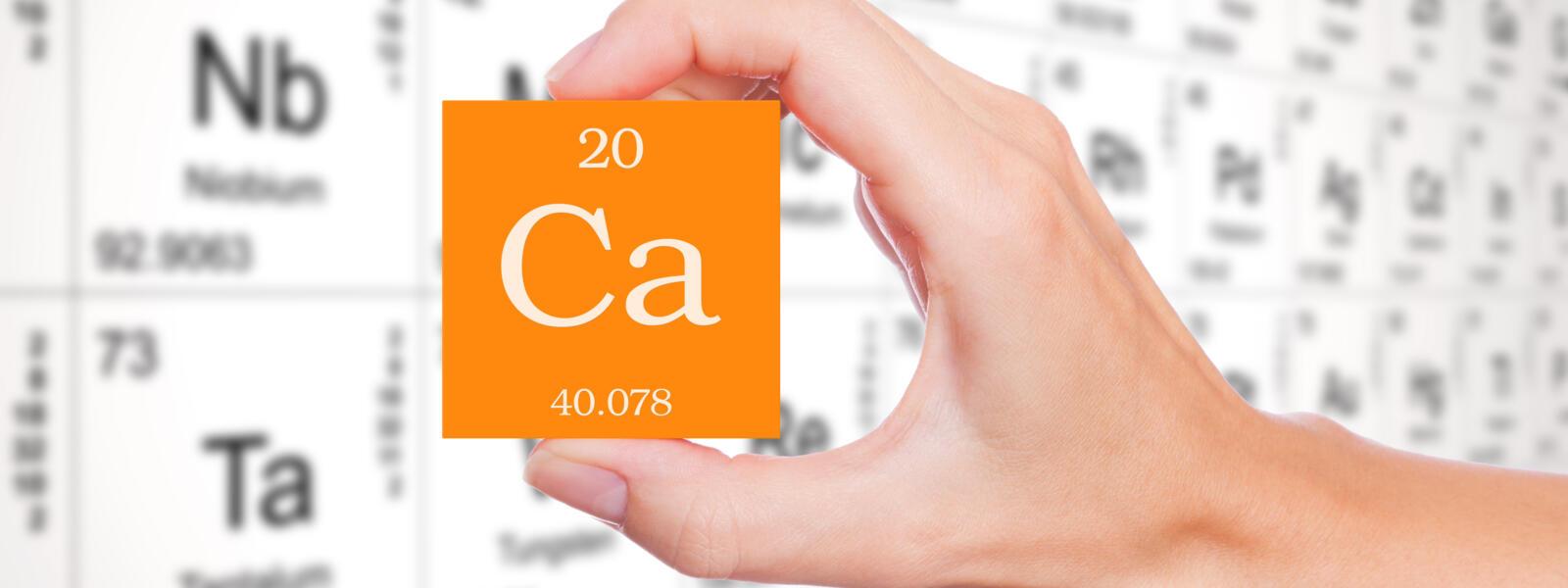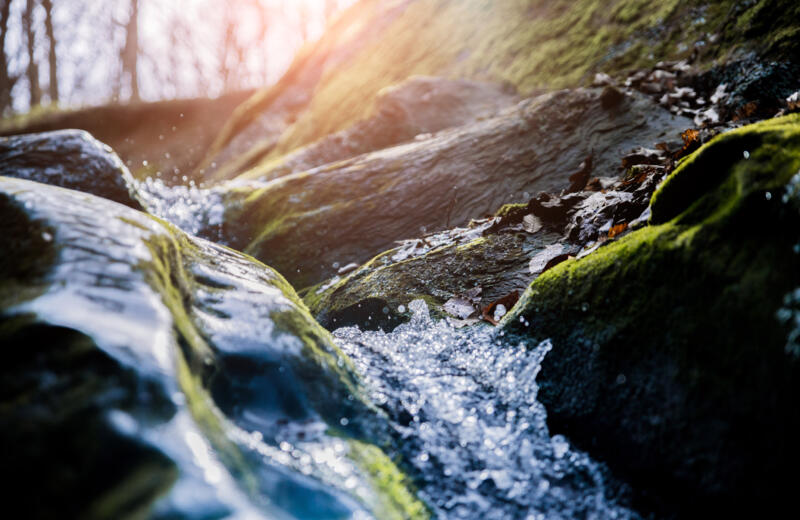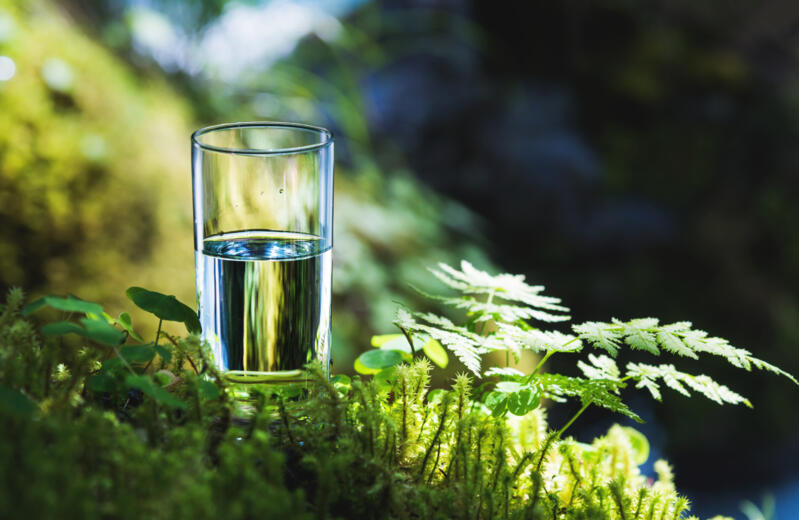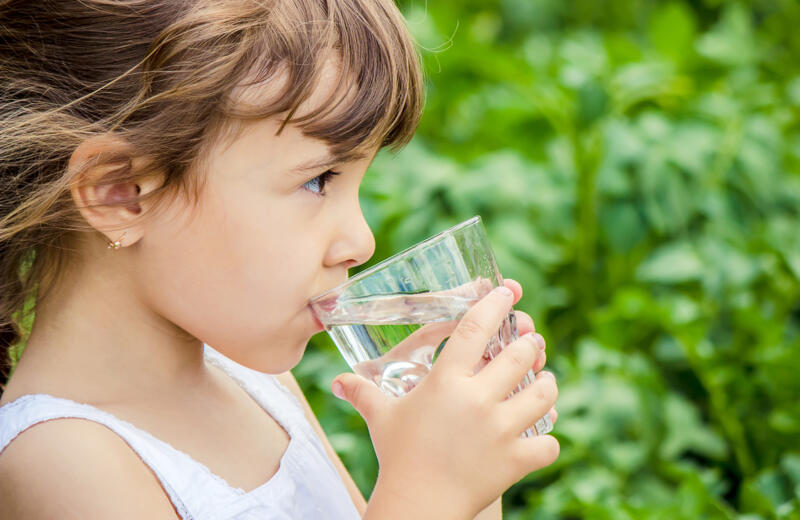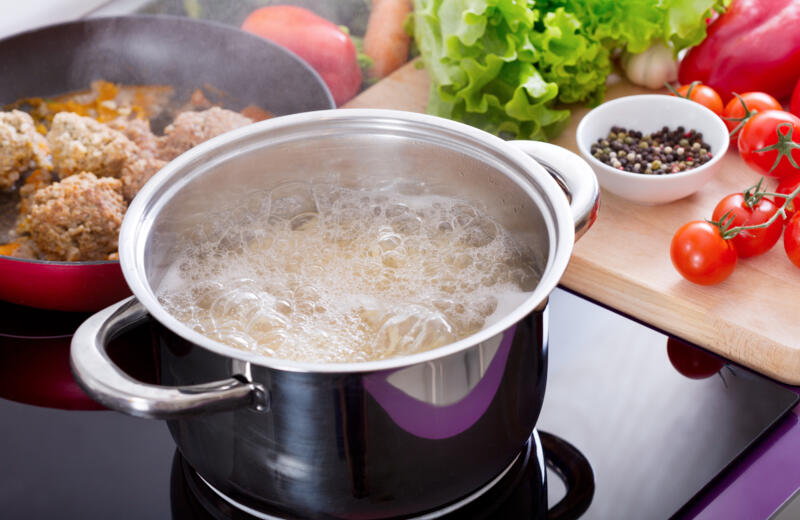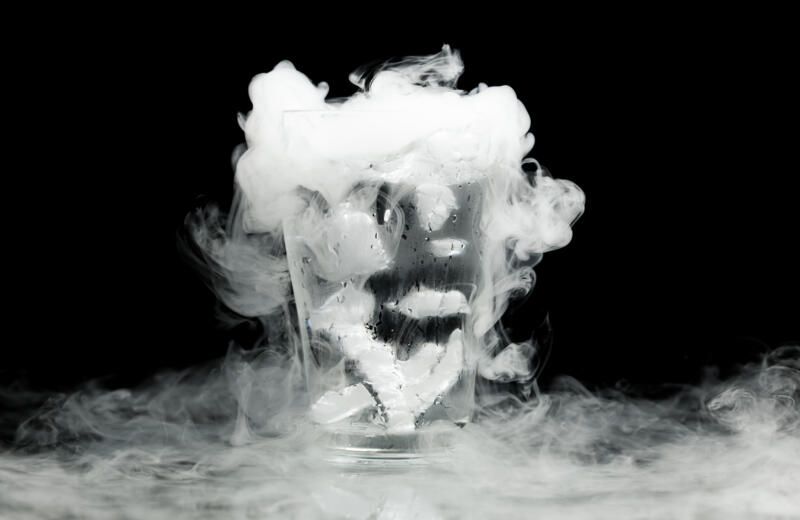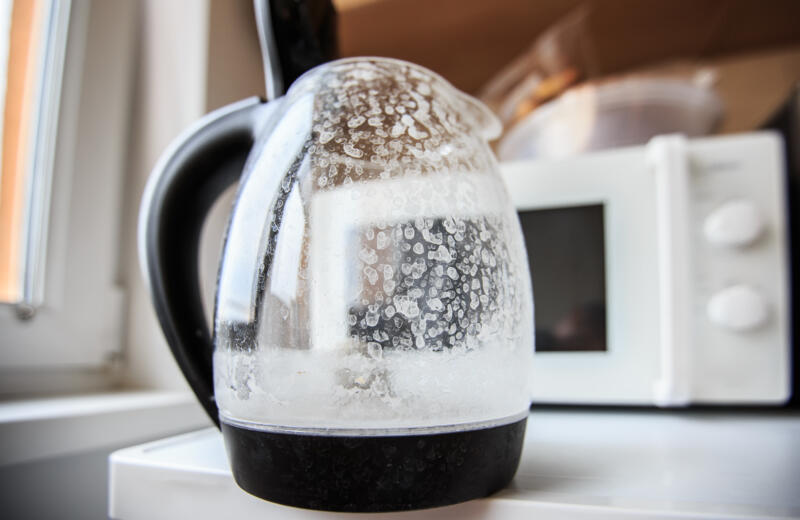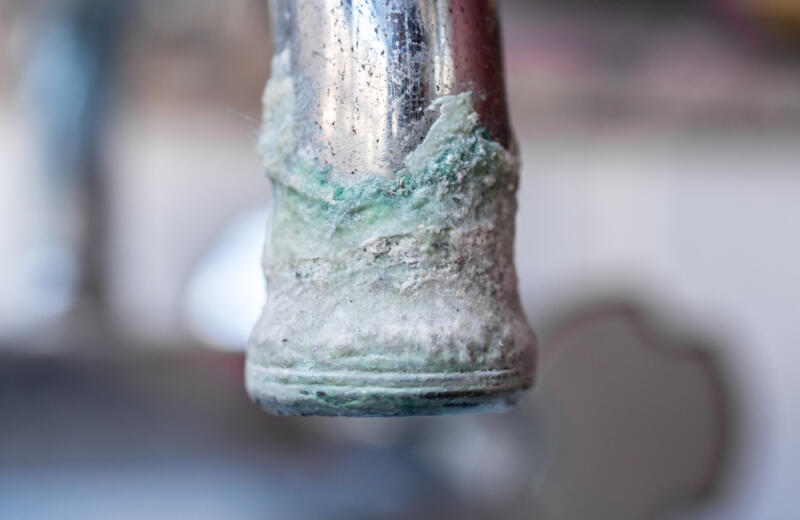Lime(stone) - what exactly is it?
Lime is the term we use the most. However, calcium oxide (CaO) is the chemical term for lime. Calcium is a chemical element with the symbol Ca. Lime is a healthy mineral that comes from the nature and is found in our drinking water, among many other things. Water absorbs the minerals from the nature. After that, the water is stored in water sources and eventually comes out of your tap, supplied with natural calcium.
Calcium is a healthy mineral that the body can't produce itself. It ensures the construction and maintenance of our bones and teeth. In addition, it ensures our nerves and muscles to function better. Calcium is necessary for a good health.
Limescale
Limescale deposits on your glasses, in the kettle and in the toilet. Limescale is everywhere. But how does it arise? To form limescale, water must contain many calcium and magnesium minerals. In addition, the water needs to be heated or boiled before limescale can arise. Lime is produced when limestone is subjected to extreme heat, changing calcium carbonate to calcium oxide. The chemical term for limescale is Calcium carbonate (CaCO₃).
We use the term ''hard water'' when the water contains a lot of calcium and magnesium minerals. The lower the percentage of calcium and magnesium in the water, the ''softer'' it is. Hard water has a much higher concentration of minerals than soft(er) water. Calcium and magnesium particles are crucial for the formation of limescale.
Heating or boiling water causes a chemical reaction. When water is boiled, carbon dioxide is released. The release of these gases creates a new chemical reaction. Then, the substances calcium and magnesium carbonate are formed. These substances are poorly dissolvable, settle and form the limescale as we know it.
This process mainly takes place in water pipes which we can't control on a daily basis. For example in your heating pipes. The constant heating of the water causes limescale to form inside of these pipes. But also products we use in our daily life are affected, such as a water kettle in the kitchen.
Preventing limescale is and important and much-discussed topic. For an overview of the available systems to prevent limescale build-up, please visit our separate page ''Water softeners''.
Click here to discover how (effectively) these work.
Lime in your water
Lime is present in every water. Sometimes a lot, then the water is ''hard'', and sometimes little, then the water is ''soft''. The amount of lime in the water varies greatly per province, city and municipality. Do you have problems with limescale? Then you should have a look at our special ''Water hardness'' page to find out how hard your water is and what you can do about it.

